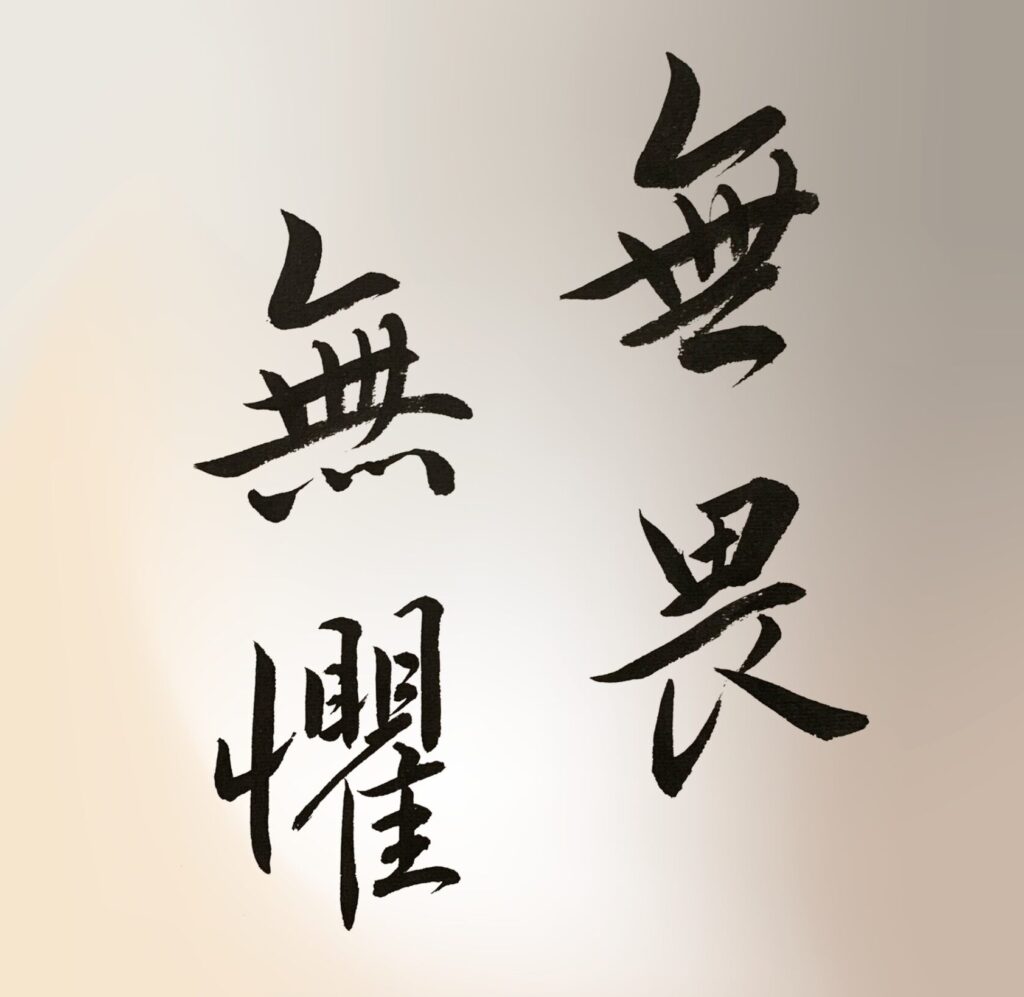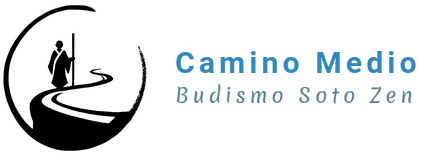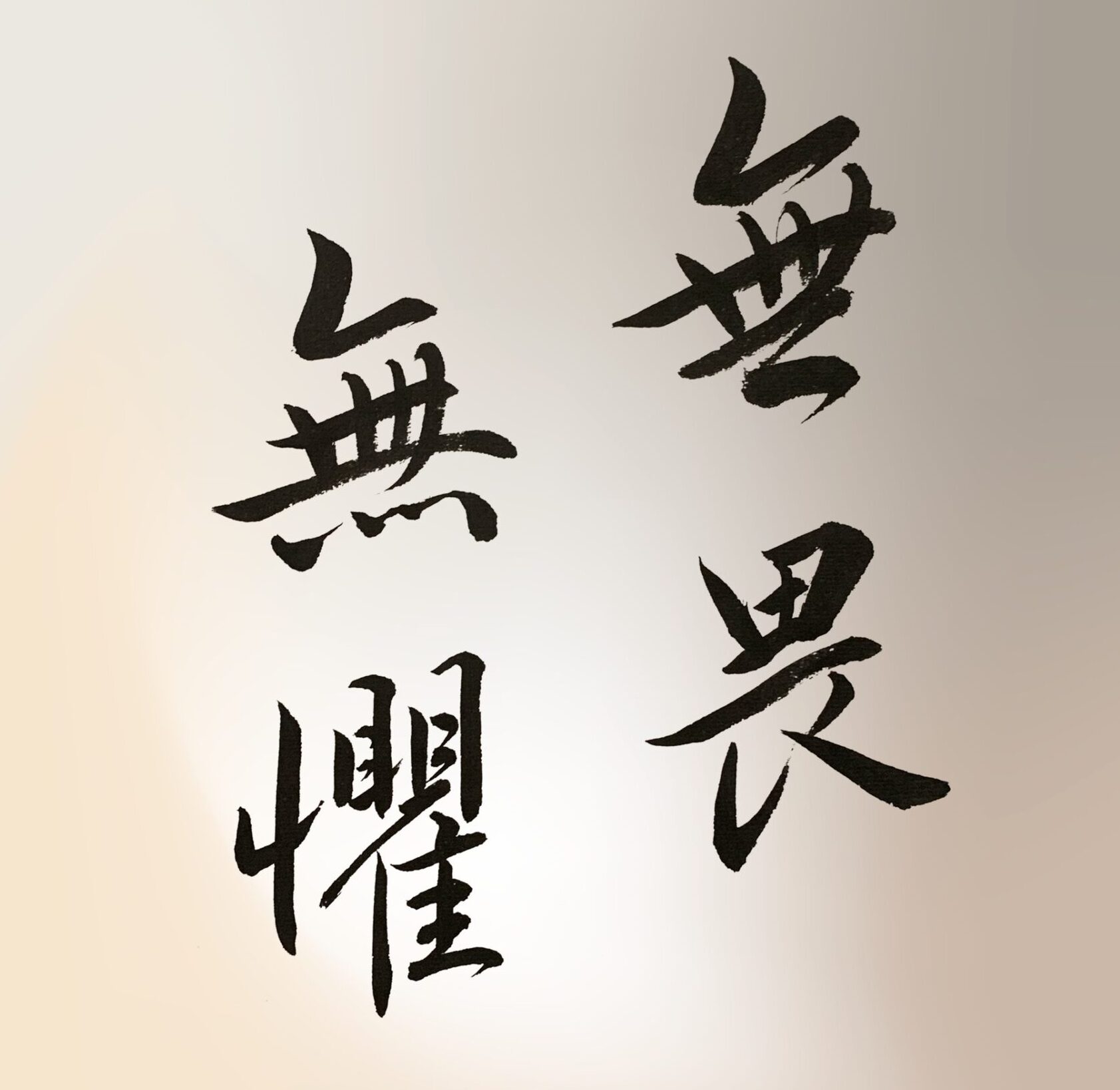⏱️ Estimated reading time: 5 min
Death is one of the most significant and unavoidable human experiences. From time immemorial, The awareness of our own finitude has generated in human beings anguish, Existential questions and, In many cases, A deep suffering. Generally, All this remains at an unconscious level, But with the practice of zazen and the deepening in the teachings of the Dharma, This anguish can become increasingly evident. As our awareness expands, The possibility of self -deception decreases, And the reality of impermanence is revealed to us more clearly. Although at first glance it may seem contradictory, Facing this concern is a sign that our practice is honest and is bound in the buddhadharma.
This confrontation with the reality of death, Far from being an obstacle, It is an essential part of the road. It is not always what we hope to find ourselves on a path of waking; We often imagine an opening process to states of immeasurable goodness and compassion. However, as they say, On the spiritual path it is necessary to accept both difficulties and light revelations. The purpose of this article is to offer some keys that allow us to address this issue with a gathered look at the Dharma of the Buddha.
In the practice of Buddhism Soto Zen, Death is not seen as an enemy or as a terrifying abyss, but as an inseparable part of life itself. For our tradition, In the root of fear of death is the attachment to identity and the idea of an illusory "I", separate and permanent. We cling to what we believe to be, To our stories, achievements and relationships, And the possibility of losing all this generates a deep anxiety. In Buddhism Soto Zen, This vision through "I and mine" is considered an illusion, Well the ultimate reality is that there is no fixed and independent "I". Existence is a constant flow of interdependence and transformation.
Dogen Zenji, The founder of the Soto Zen tradition, He teaches that "studying the path is to study yourself; Studying yourself is to forget about yourself ". This forgetfulness of self is not a denial of our individuality, but a deep recognition that there is no "I" separated from the totality of existence, We are interdependent. In this understanding, Death ceases to be a tragic event and becomes a natural process of life itself.
The central practice of Soto Zen Buddhism is zazen, seated meditation. In zazen, We cultivate full attention, fully opening without attachment or rejection, to everything that appears in the field of consciousness, whatever it is, cultivating an equanimous attitude that allows us to desidentification with the sensations, Personal emotions and thoughts. We say, Each inspiration is a birth and every exhalation is a death, thus allowing attachment to a fixed identity.
When we practice zazen With authenticity, We experience a way of "dying" at every moment: die to our fixed ideas, To our fears and expectations. Over time, This practice helps us release the fear of the great death, because we learn to die at every moment without resistance. Taisen deimimaru expressed this idea saying that "zazen is to enter the coffin ". With this statement, He pointed out that in zazen We learn to release everything attachment and face the reality of impermanence without fear or rejection. In this sense, Practice is a preparation for death and, at the same time, A way to live with greater freedom, less "me" and less fear.
From the Buddhist perspective, Life and death are not absolute opposites, but two aspects of the same reality. There is no time when we "cease to exist" in an absolute sense; rather, We transform. Like waves in the ocean, Our shape changes, But the ocean is still the same.
Para Dogen, Death is "the great lighting", A return to our true nature. In his writings, It emphasizes that "all existence is a fissure time"; The idea of a beginning and an end is a mental construction. Zen practice helps us dissolve this construction and live with a perception of reality that goes beyond the dichotomy between life and death. In the Soto Zen, Facing the fear of death is not a theoretical exercise, but a concrete practice of living fully. By immersing ourselves in the present action, by making every moment a total expression of being, The fear of death fades because we are no longer trapped in a mind that clings to the future or the past.
Every moment of our life is an opportunity to wake up. Life is transitory, But instead of living it from anguish, We can hug her with the fullness of the moment. It's not about avoiding fear, but to look at him clearly, Without aversion or desire to escape. This is easy to say and a little more complicated to practice, Everyone must go at their own pace, knowing that this is the task but adapting it to their personal circumstances.
Therefore, The fear of death is natural, But from the practice of Buddhism Soto Zen we learn to transform it into an opportunity to deepen the reality of existence. Through zazen, of detachment to a fixed identity and the recognition of the interdependence of all life, We learn to release the idea of death as an absolute ending. When we completely give ourselves to life as it is, without clinging or rejecting, Death ceases to be an obstacle. instead, becomes another expression of flow, A door that does not lead to nothing, but to the deep truth of what we have always been and we will be.


